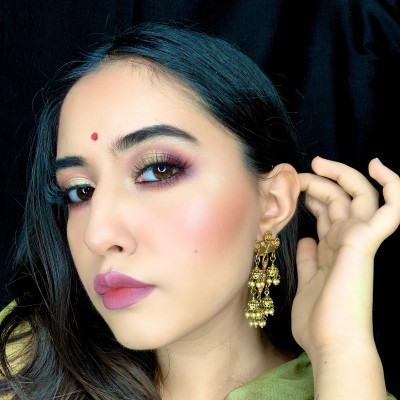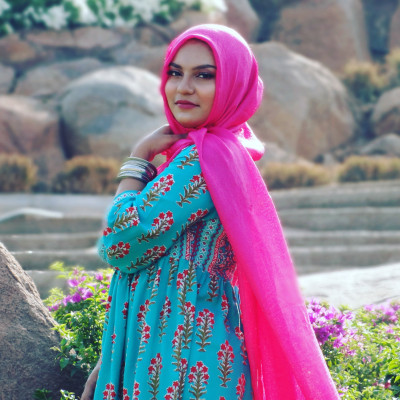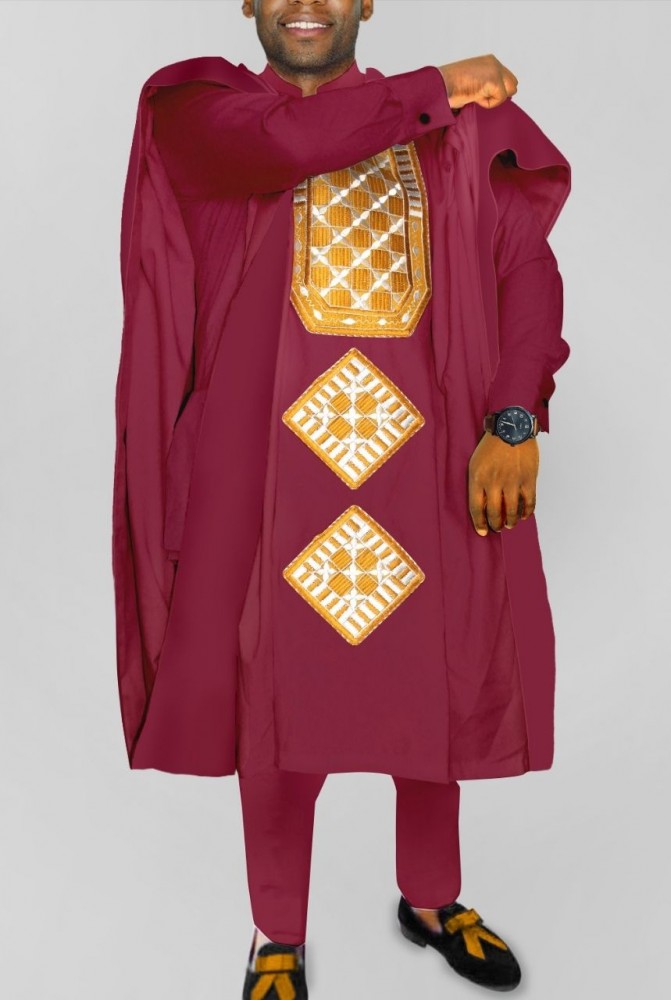Ankara: The Vibrant Heart of African Print Fabric and Clothing
Ankara fabric, known for its vibrant colors and bold patterns, is more than just a material—it’s a cultural emblem, a form of artistic expression, and a cornerstone of African fashion. From traditional attire to contemporary designs, Ankara fabric has captured the global fashion scene, blending heritage with modernity. This article explores the essence of Ankara, its role in African clothing , and how it has become a celebrated fabric in both local and international fashion.
What is Ankara fabric?
Ankara, also referred to as "African wax print," is a cotton-based fabric characterized by its intricate patterns and vivid colors. The fabric is made using a wax-resist dyeing technique, which creates its distinctive designs.
While its roots can be traced back to Dutch and Indonesian batik, Ankara has been embraced and redefined by African cultures, making it synonymous with African identity and style.
A Symbol of African Heritage
Ankara clothing is deeply intertwined with African traditions and celebrations. It is often worn during special occasions such as weddings, festivals, and religious ceremonies, where each design may carry symbolic meanings or cultural significance.
For example:
- Patterns: Some Ankara designs are inspired by proverbs, historical events, or cultural symbols, making the fabric a storytelling medium.
- Colors: Vibrant hues reflect joy, vitality, and community spirit, while darker tones may signify solemnity or respect.
Modern Interpretations of Ankara
In recent years, Ankara has transcended its traditional roots, becoming a staple in contemporary fashion. Designers are now using this fabric to create a wide range of clothing, including
- Elegant Dresses: From floor-length gowns to chic cocktail dresses, Ankara adds a touch of uniqueness and sophistication.
- Casual Wear: Jumpsuits, skirts, and tops made from Ankara blend everyday comfort with bold style.
- Accessories: Ankara fabric is also used to craft headwraps, bags, shoes, and even jewelry, making it versatile and trendy.
This evolution has attracted a global audience, with celebrities and influencers showcasing Ankara pieces on red carpets and social media platforms.
African print dresses stand as notorious portrayals of african dress, rich social legacy, lively tones, and unpredictable examples. These articles of clothing, created from textures like Ankara, Kente, and Adire, exemplify the substance of African style, mixing conventional feel with current plans. In this article, we dig into the enthralling universe of African print dresses, investigating their starting points, social importance, and perseverance through ubiquity.






















